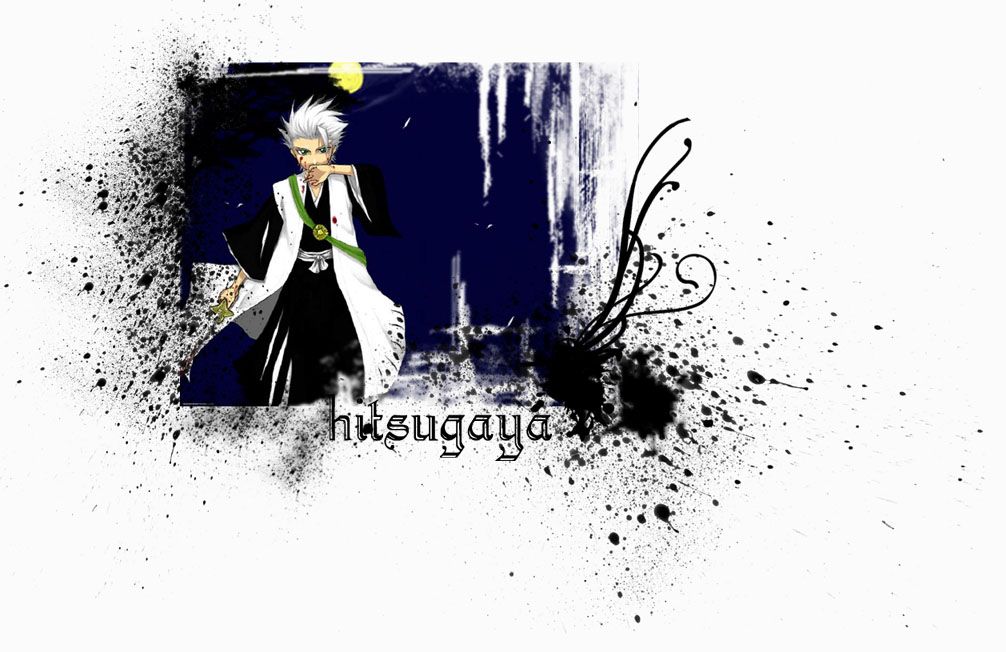

http://neon.chem.ox.ac.uk/vrchemistry/LiveChem/transitionmetals_content.html
The following reactions are more relevant to yr syllabus. You need to know how to account for the observations. Refer to yr QA notes if u r in doubt.
1) chromate(VI) + dilute hydrochloric acid [conversion of chromate(VI) to dichromate(VI) - not a redox reaction]
2) dichromate(VI) + sodium hydroxide [conversion of dichromate(VI) to chromate(VI)]
3) iron(II) + sodium hydroxide [formation of green ppt - iron(II) hydroxide]
4) iron(II) + dilute & concentrated ammonia [formation of green ppt - iron(II) hydroxide]
5) iron(III) + sodium hydroxide [formation of brown ppt - iron(III) hydroxide]
6) iron(III) + dilute & concentrated ammonia [formation of brown ppt - iron(III) hydroxide]
7) iron(III) + potassium thiocyanate [special test for iron(III) ions - forming blood red complex]
8) copper(II) + sodium hydroxide [formation of blue ppt - copper(II) hydroxide]
9) copper(II) + dilute & concentrated ammonia [formation of blue ppt, followed by soluble tetraamminecopper(II) complex which is deep blue in colour]
10) copper(II) + edta [complex formation - note that as edta^4- is a hexadentate ligand]
11) copper(II) + concentrated hydrochloric acid [note that the solution turns green becos of the presence of the blue hexaaquacopper(II) complex and the yellow tetrachlorocuprate(II) complex]
12) zinc(II) + sodium hydroxide [formation of white ppt - zinc hydroxide]
13) zinc(II) + dilute & concentrted ammonia [formation of white ppt, followed by soluble tetraamminezinc(II) complex]
Feel free to try out other reactions. Particularly safe for "laboratory terrorists" and "lords of destruction" - u noe who u r. Have fun.